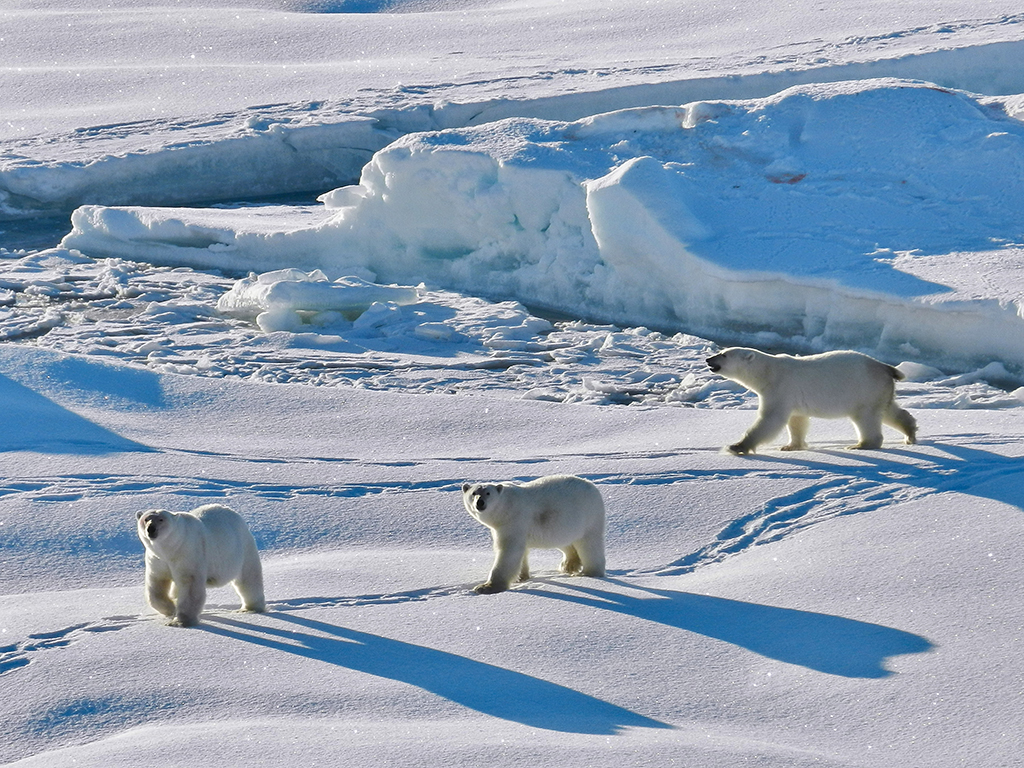
A scientific study published on Tuesday predicts that rainfall will be normal in the Arctic for the next four to five decades.
Rain will be so normal that it will actually be more frequent than snowfall by 2060-2070. This environmental shift is the product of warmer temperatures in the Northern Hemisphere due to climate change.
Michelle McCrystall, a climate researcher at the University of Manitoba in Winnipeg, who led the study told CNN that the study’s climate modeling found that the shift would occur up to 20 years earlier than previous models had predicted.
“With the new set of models, this actually has been pushed forward to about between 2060 and 2070, so there’s quite a jump there by 20 years with this early transition,” McCrystall said.
The shift will also be led by a massive amount of sea ice melt-off. This loss of ice, combined with warmer air creates accelerated evaporation, changing the Arctic’s atmosphere significantly. This could have dire consequences for the rest of the planet: regular rainfall in the Arctic could upset Greenland’s ice sheet mass balance, which would dramatically increase global sea levels.
“Things that happen in the Arctic don’t specifically stay in the Arctic,” McCrystall cautioned. “The fact that there could be an increase in emissions from permafrost thaw or an increase in global sea-level rise, it is a global problem, and it needs a global answer.”
The Arctic experienced its first rainfall in August
It rained on the summit of Greenland for the first time in the island’s history in August.
Climate scientist and Brown University professor Laurence C. Smith told Business insider that “it portends a future of greater meltwater runoff” that can “amplify Greenland’s melting and contribution to global sea level rise.”
Greenland, which is home to the biggest ice mass in the northern hemisphere, experienced a loss of over 530 billion tons of ice in 2019 alone. Last month, enough ice had melted in the span of two days to flood the entire surface area of the state of Florida with four inches of water.
The National Snow & Ice Data Center at the University of Colorado at Boulder said that the rain occurred at the summit for hours last Saturday, and that the ice sheet was also above freezing temperature for nine hours. The summit is two miles above sea level.
The NSIDC estimates that 7 billion tons of rainfall took place on Greenland’s ice sheet. This is the third time in less than a decade that temperatures have reached above freezing in the area. The rain was observed by the Summit Station, a research center established by the National Science Foundation that monitors the ice sheet year-round.
See all the latest news from Greece and the world at Greekreporter.com. Contact our newsroom to report an update or send your story, photos and videos. Follow GR on Google News and subscribe here to our daily email!



